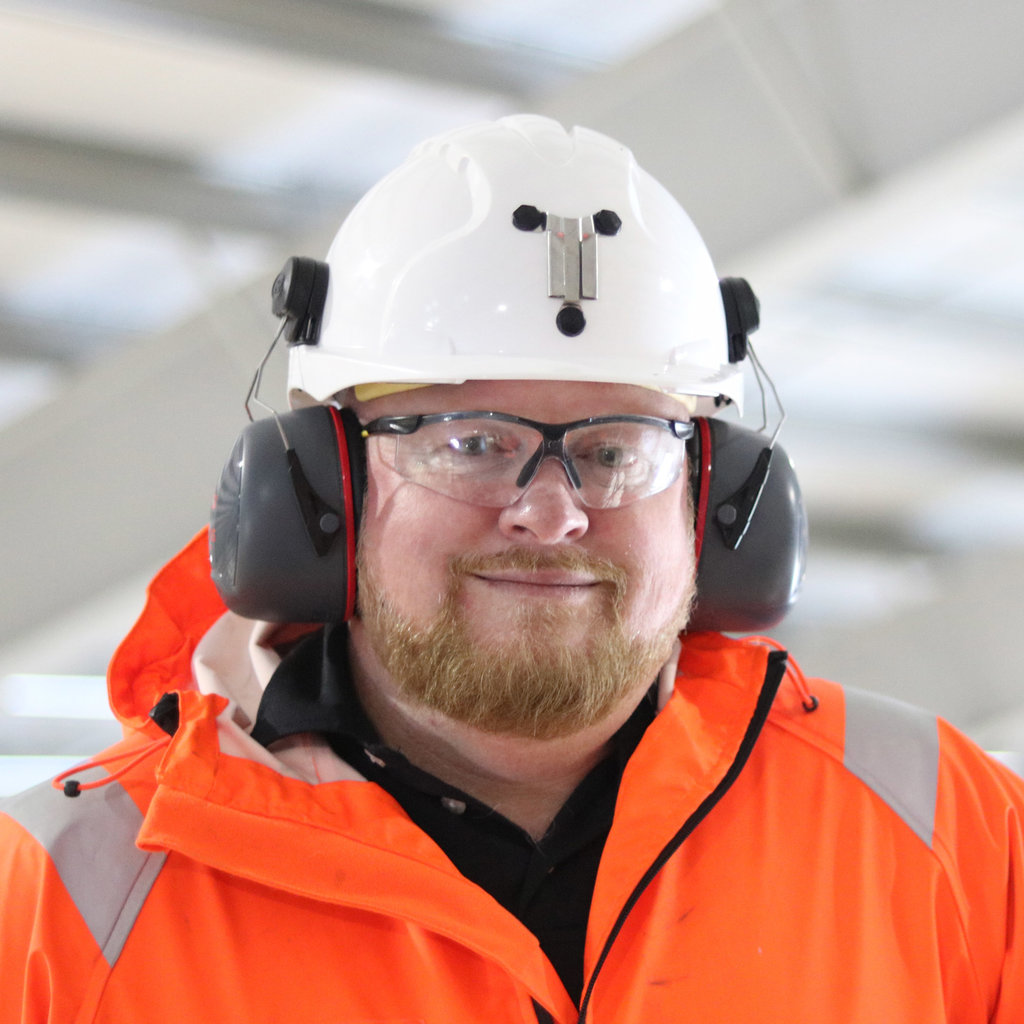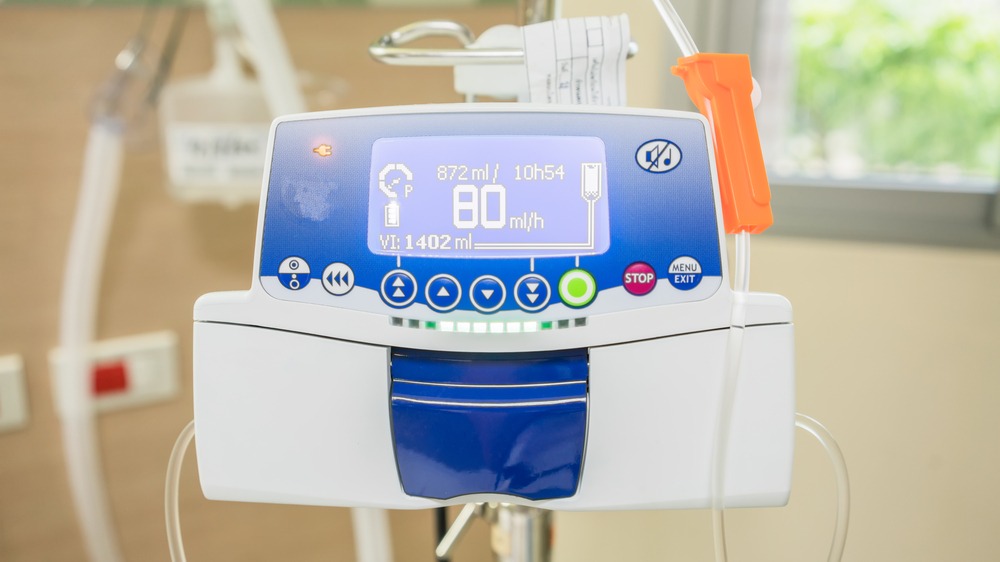Baxter’s recall of its Novum pump may negatively affect sales in the infusion pump market. This recall comes after a report of one serious injury related to under-infusion risks when the standby feature is used, and it has been determined that this risk increases when being used at higher flow rates. Although Baxter’s recall presents a short-term setback for revenue, this is unlikely to result in much change to its position in the infusion pump market. The infusion pump market was worth $1.74bn in 2024 and is expected to reach $2.2bn in 2034 with a compound annual growth rate (CAGR) of 2.4%, according to GlobalData, a leading data and analytics company.
The global infusion pump market is expected to show significant growth due to an increasing population with health conditions that are chronic in nature, as well as the technical advancements being made in this field, where each step in the treatment process of patients is becoming more automated. Some barriers to this growth may be the trend of elevated at-home use of infusion devices and the increased cost of more sophisticated infusion pump products from these technological advancements.
Baxter currently occupies approximately 27.6% of the infusion pump market and is the largest player in this space, while competitors such as Becton Dickinson, B. Braun, and ICU Medical take up 20.2%, 18.4%, and 8.7% of the market, respectively. While it is doubtful that Baxter’s standing in this market will change, this could present an opportunity for competitors to make market share gains in response to this recall.
Infusion pumps are vital devices for controlling the delivery of life-saving medications, blood, and nutrients and it is paramount that these mechanisms be dependable for avoiding these very situations. Currently, the damage caused by these devices is relatively small; however, incidences such as this can influence short-term revenue as trust in their functionality may falter.
Challenges of using AI
The AI-automated IVF procedure faces several challenges that need to be addressed for it to become a standard practice. In a recent case involving a 40-year-old woman who had previously experienced a failed IVF attempt, the automated procedure took nearly ten minutes per egg, which is longer than the standard manual ICSI time. While the automated system successfully fertilised four out of five eggs and led to the birth of a healthy infant, the process involved 23 individual steps and required significant operator involvement. The average time for key tasks such as identifying and stabilising an egg was notably longer than manual methods. Despite these current limitations, researchers believe that advances in technology and increased autonomy will help reduce procedure times and improve efficiency. This ongoing development is crucial for enhancing the accessibility and effectiveness of assisted reproductive technologies (ART) in the future.
GlobalData’s business fundamentals senior analyst Ophelia Chan says: “Oncology continued to dominate as the leading therapeutic area for IPOs this year, highlighted by CG Oncology’s $437m upsized IPO—the largest and first of the year. The company’s robust clinical data and ability to secure substantial capital have contributed to its strong performance in 2024.”
After a quiet summer, the IPO market reached full swing in autumn when Bicara Therapeutics, Zenas BioPharma, and MBX Biosciences all opened on the NASDAQ on the same Friday in September. The ‘triple-header event’ saw the three companies pull in over $700m combined. It was no surprise that the surge in activity came after the Federal Reserve’s decision to lower interest rates for the first time in years, ushering in a more inviting funding environment. This fruitful month was a stark contrast to August, which saw a significant global stock market dip amid fears of a US recession.
In June, Telix Pharmaceuticals – an emerging player in the fast-growing radiopharmaceutical space – pulled a last-minute plug on its IPO. The Australian company had been planning to list on NASDAQ and was on course to raise $232m – a value that would have placed it high on the list of biotech IPO sizes this year. Telix cited that its board did not move forward with the plans due to market conditions at the time.

On The Ground International assists Venezuelan caminantes (pictured) between Pamplona and La Laguna, Santander, Colombia. Credit: On The Ground International / Facebook

The Smart Clinic in La Guajira, Colombia. Credit: Siemens Healthineers
Numb feet, bleeding legs and dehydrated bodies mark their journeys – not to mention infectious diseases and psychological trauma. Studies have identified outbreaks of measles, diphtheria and malaria across Venezuela, while tuberculosis, typhoid and HIV, are also resurgent.
Caption. Credit:
Once we see where those changes are, we can plan where we’re going to cut the bone.
Dr Lattanza

Phillip Day. Credit: Scotgold Resources
Total annual production
Australia could be one of the main beneficiaries of this dramatic increase in demand, where private companies and local governments alike are eager to expand the country’s nascent rare earths production. In 2021, Australia produced the fourth-most rare earths in the world. It’s total annual production of 19,958 tonnes remains significantly less than the mammoth 152,407 tonnes produced by China, but a dramatic improvement over the 1,995 tonnes produced domestically in 2011.
The dominance of China in the rare earths space has also encouraged other countries, notably the US, to look further afield for rare earth deposits to diversify their supply of the increasingly vital minerals. With the US eager to ringfence rare earth production within its allies as part of the Inflation Reduction Act, including potentially allowing the Department of Defense to invest in Australian rare earths, there could be an unexpected windfall for Australian rare earths producers.

